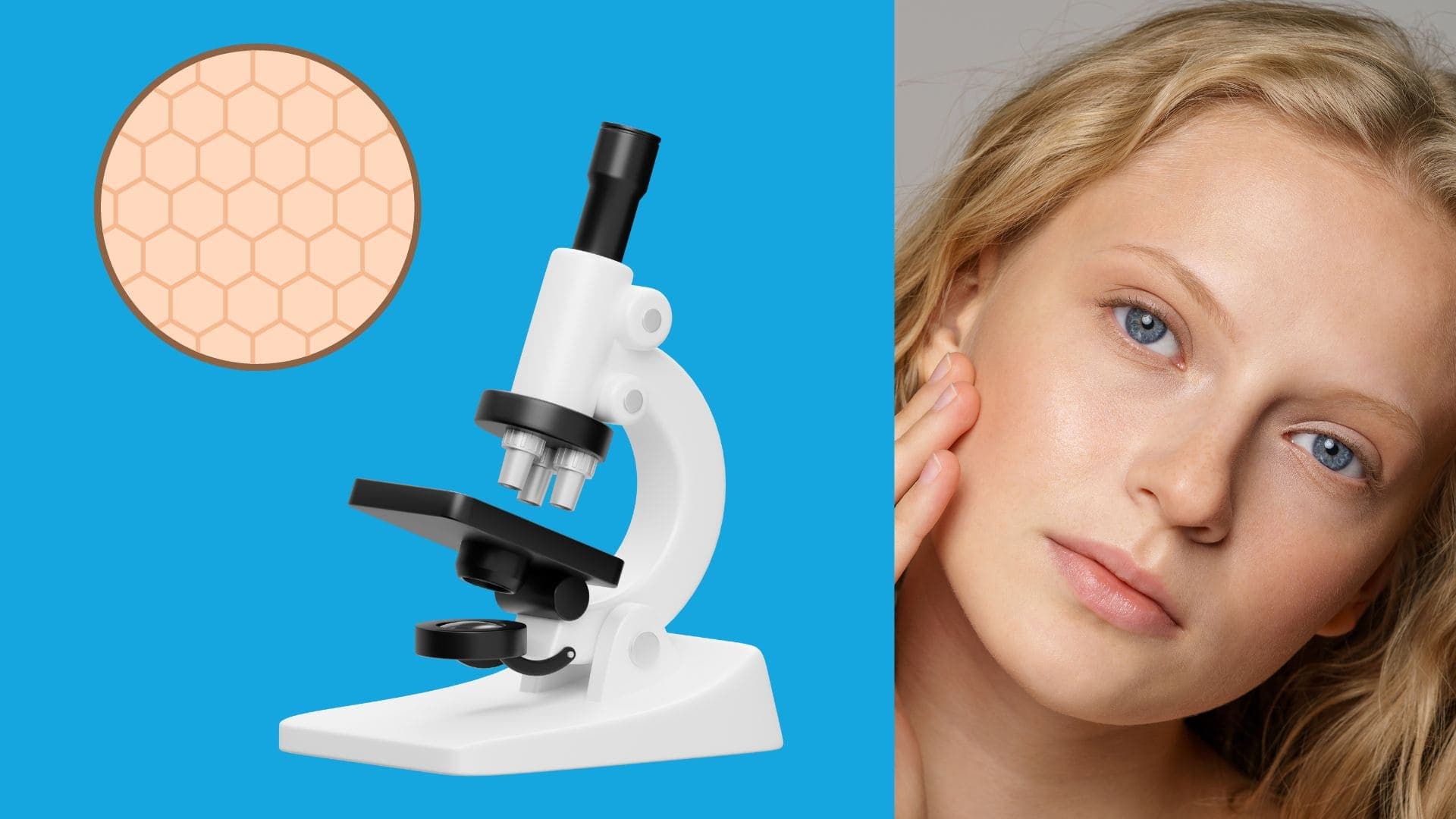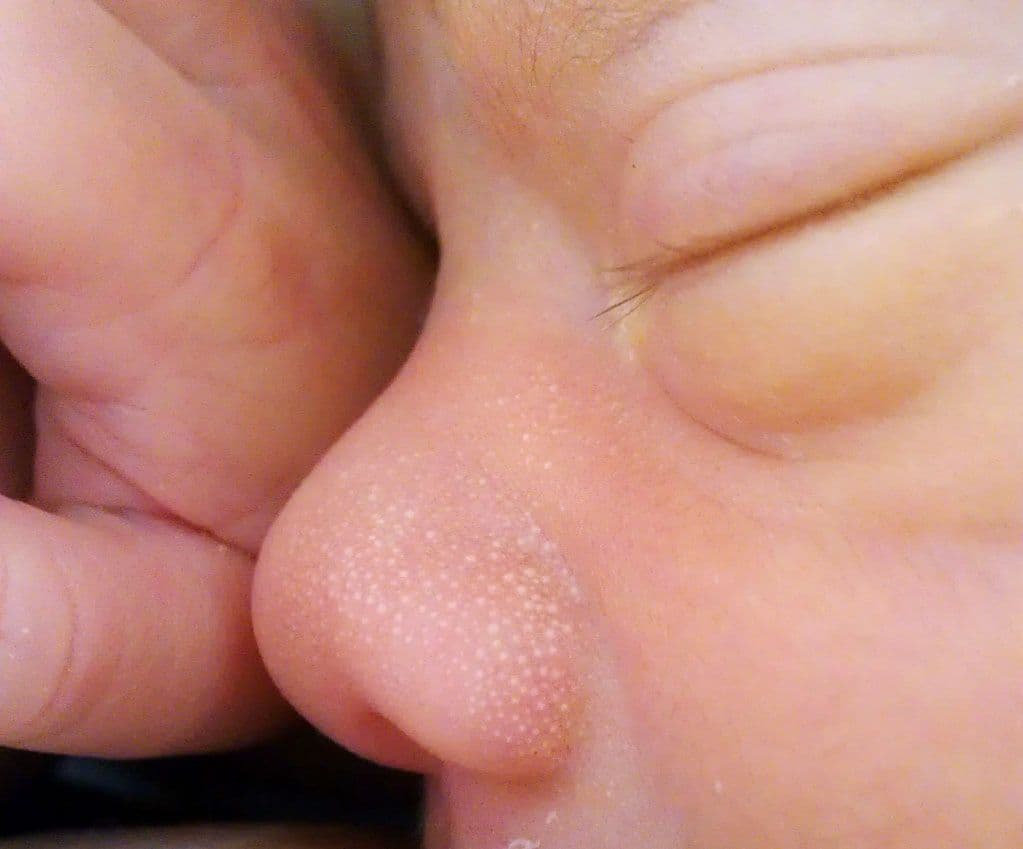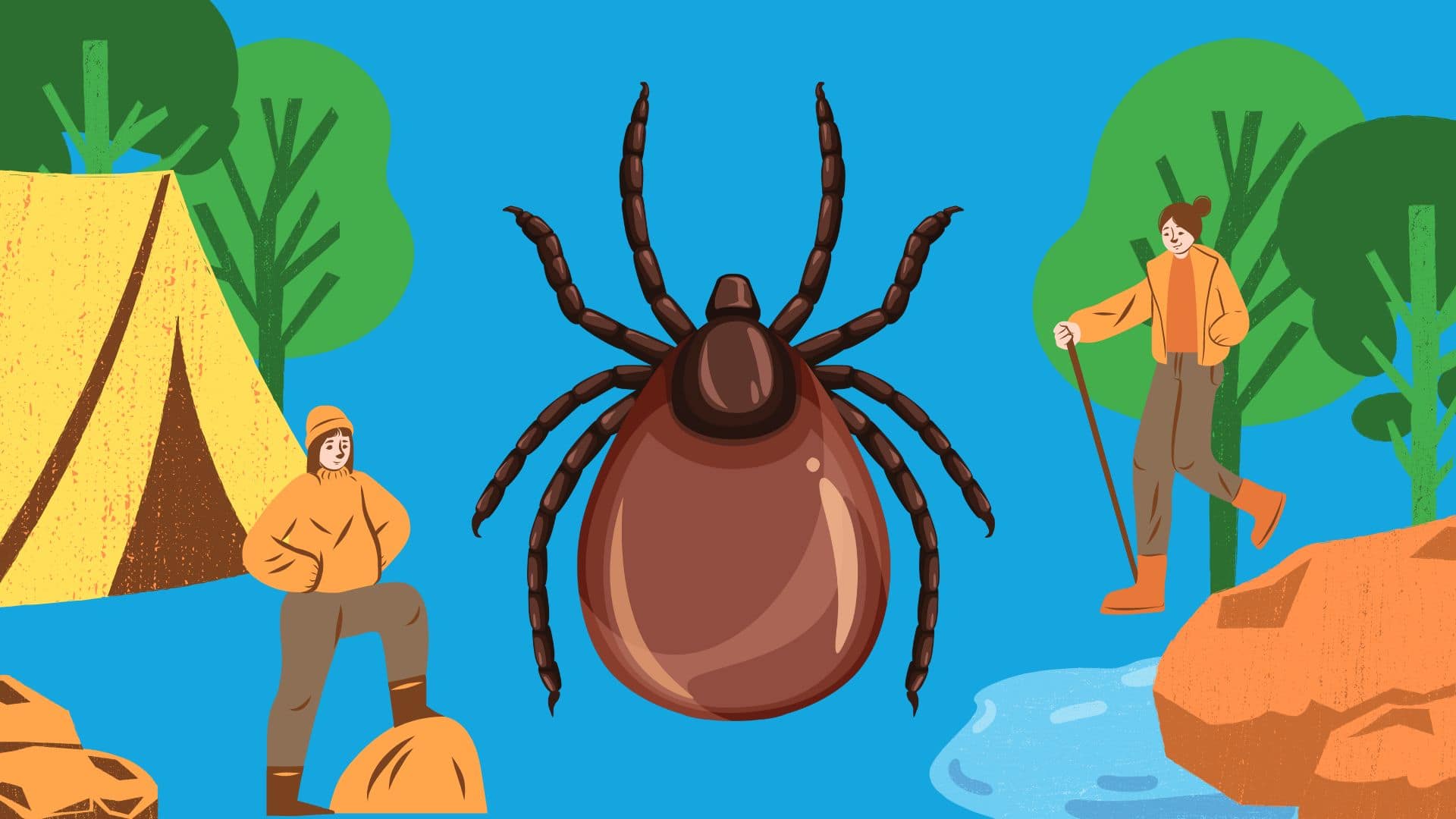
Milia – small, white bumps that appear on the skin – can be a cause of concern for many people. These bumps are technically cysts, and they form under the surface of the skin. According to the Cleveland Clinic, about 40% to 50% of U.S. newborns have milia. While they are typically harmless and go away on their own, understanding their symptoms and causes can provide peace of mind. In this guide, we will look into milia, from what causes them to how to treat them at home.

Milia, often called milk spots, are small, white or yellowish bumps that commonly appear on the skin. They are often mistaken for whiteheads or acne, but unlike acne, milia do not have an opening or pore. The most common places to find milia on your body include eyelids or under your eyes, cheeks, forehead, nose, and arms or legs. These painless bumps range from 1 to 2 millimeters in diameter and can appear in clusters. There are several different types of milia: neonatal milia, primary milia, secondary milia (traumatic milia), juvenile milia, milia en plaque, and multiple eruptive milia. None of these are contagious.
Milia are caused by trapped dead skin cells that form below the surface of your skin as cysts. Cleveland Clinic explains, “Your body naturally gets rid of dead skin cells by shedding them to make room for new cells to grow and take their place. When your old skin cells don’t fall off of your body, new skin grows on top of them and traps them underneath. Your dead skin cells harden and turn into cysts.” In addition, milia can also be caused by sun exposure or injury-related skin damage, long-term topical steroid use, and autoimmune response.

While babies are the ones most likely to get milia, adults are at a higher risk if they fail to follow proper skincare routines, including regular cleansing and exfoliation, which can lead to the accumulation of dead skin cells and sebum, leading to the formation of milia. Makeup products that clog pores can cause milia by trapping debris beneath the skin’s surface. Furthermore, inadequate sleep can impact skin health and increase the likelihood of developing milia. Individuals with pre-existing skin conditions like dandruff, rosacea, or eczema may also be at higher risk of developing milia, as these conditions can disrupt the skin’s natural barrier function.
There are a few simple lifestyle and home remedies to manage milia in infants. First, it is important to maintain cleanliness. Washing your baby’s face daily with warm water and mild baby soap helps to remove dirt, excess oil, and impurities that can contribute to the formation of milia. It’s important to use gentle, non-abrasive products specifically formulated for delicate infant skin to avoid irritation. After cleansing, dry your baby’s face gently. Vigorous rubbing or scrubbing should be avoided as it can make the existing milia worse or cause new ones to form. Don’t pinch or scrub the bumps, as that may lead to further irritation, inflammation, or even infection. Furthermore, avoid using lotions or oils on your baby’s face, particularly in areas affected by milia. Heavy skin care products can clog pores and make the condition worse.
Milia are usually harmless and can affect people of all ages, from newborns to adults. We recommend consulting a doctor if the condition doesn’t clear up within three months or becomes bothersome. By understanding the symptoms, causes, and treatment options for milia, we hope you can take proactive steps to maintain healthy skin.

Pilates is focused on enhancing core strength, crucial for overall torso stability and fluid movement. The core, influencing both legs and upper body, is essential for everyday comfort, such as sitting and standing without pain. The aim is to move gracefully through balanced muscle development, addressing potential weaknesses and promoting full joint mobility. The workout …

Rocky Mountain spotted fever (RMSF) is a bacterial infection caused by Rickettsia rickettsii and transmitted through the bite of an infected tick. This infection is characterized by the sudden onset of fever, headache, and rash, which can be life-threatening if not treated promptly. This infection was first identified in 1896 in the Snake River Valley …

COVID-19 has faded from the public conversation, but it is still as prevalent as ever, with wastewater levels in 2024 approaching those seen at the beginning of the pandemic in 2020. Furthermore, as COVID-19 has become less of a hot topic, many of the resources that made COVID-19 vaccines free or cheap have dried up …